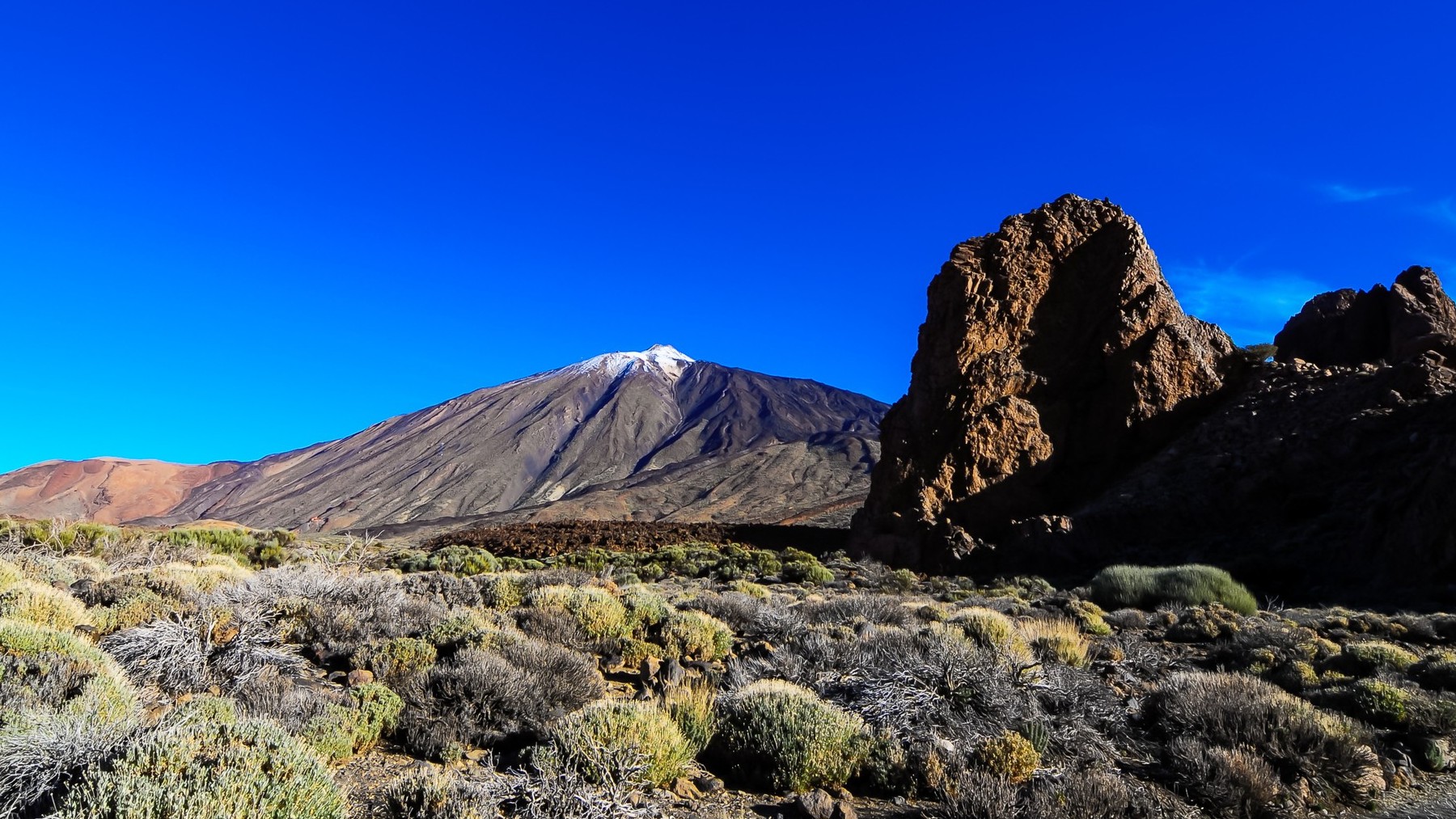He development of geothermal energy on the island of Tenerife will be promoted by a public-private consortium composed of the Cabildo of Tenerife and the company Disa, which plans to invest up to a maximum of 86 million euros in carrying out research in three specific areas for the extraction of a revolutionary fuel. The financing of this ambitious project will come from 50% of the resources of the Ministry of Ecological Transition and Demographic Challenge. According to ITER estimates, the probability of success is about 60%, which opens the door to the contemplation of a future factory with an estimated budget of about 170 million euros.
The details you didn’t know about this project
During a press conference last Tuesday, the President of the Cabildo, Rosa Dávila, together with the Minister of Innovation, Research and Development, Juan José Martínez, the Director of DISA Renovables, Joaquín Gurriarán, and the Director of the Environmental Area of The Institute Technological Institute for Renewable Energy (ITER), Nemesio Pérez, has released some details of the promising fuel extraction . Work is scheduled to start in 2025, with the first results expected to be achieved at the end of the same year.
In her statements on the social network He emphasized that the agreement reached is a crucial milestone to promote Tenerife’s energy sovereignty, underlining the the strategic importance of diversifying energy sources and reducing dependence on external resources. He further pointed out that the implementation of this sustainable technology will not only contribute to the economic development of the island, but also to the preservation of the environment.


What would the investments be in this? hopeful project?
The investment, that amounts to 86 million euros, has significant support of 43.1 million from pensions granted by the Institute for Energy Diversification and Savings (IDAE) of the Ministry of Ecological Transition and Demographic Challenge. The remaining 50% will be shared, with 25% contributed by both Cabildo and Disa. However, the company clarifies that the full implementation of the investment may not be necessary, depending on the positive results achieved in the initial phases of the project.
The plan to remove the fuel involves the exploration of three vast areas of more than 150 square kilometers, located in the west, south and center of the island. These areas include the municipalities of Arico, Fasnia, Granadilla, La Orotava, Buenavista del Norte, Garachico, Guía de Isora, Icod de los Vinos, Los Silos, El Tanque, Adeje, Arona, San Miguel, Santiago del Teide and Vilaflor. The initiative aims to evaluate the geothermal potential in these different locations with the aim of promoting the development of sustainable energy in the region.
Tenerife on the road to sustainability: the energy adventure that will transform the island
In his statements, Dávila emphasizes that the Cabildo is undertaking a “strategic initiative” towards a more sustainable future for the island, involving a policy that strives for total energy independence. The President emphasizes the importance of achieving a state of “comprehensive sustainability,” supported by energy that is perceived as “stable and respectful of the environment.” Likewise, it highlights that this alternative offers “greater security of continuity” compared to photovoltaic and solar energy technologies, marking a crucial milestone in the evolution of the region’s energy system.
Dávila emphasizes that the island is at a crucial moment in achieving its energy independence. Appreciates the success of the consortium in obtaining more than 85% of the funds compared to large companies like Repsol, which received around five million. This achievement underlines the consortium’s ability to successfully compete with multinationals in seeking assistance for the project.

